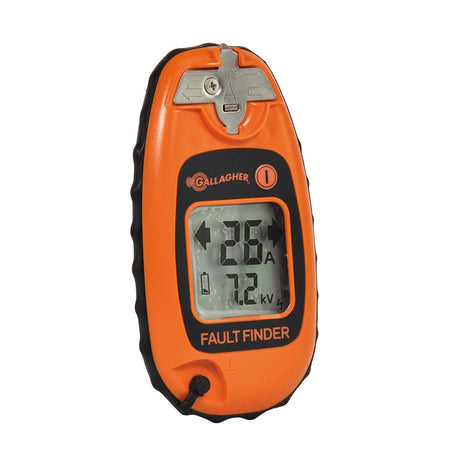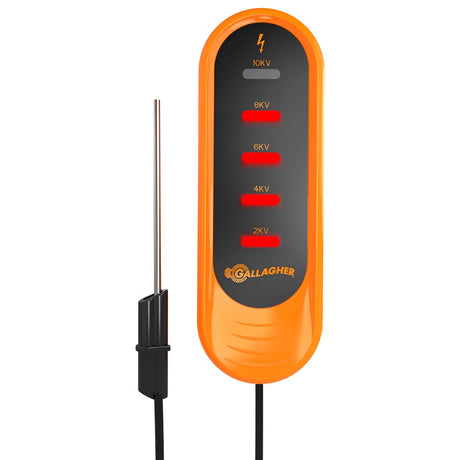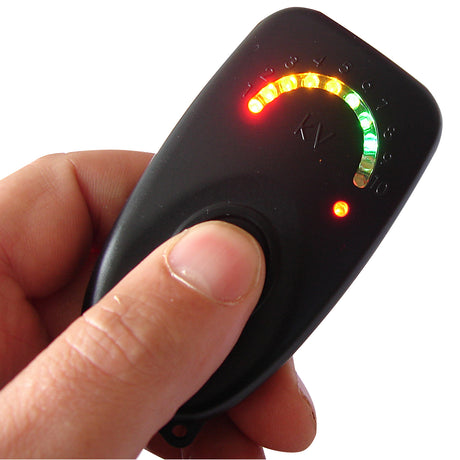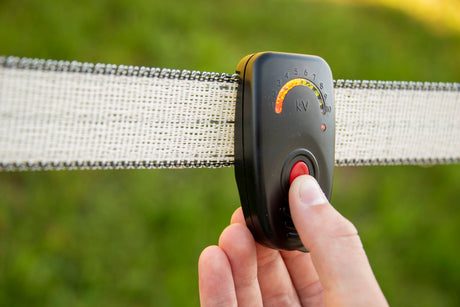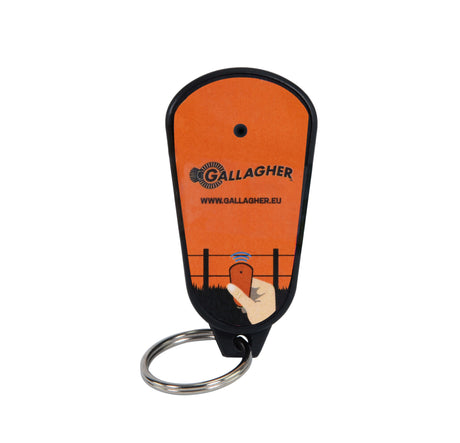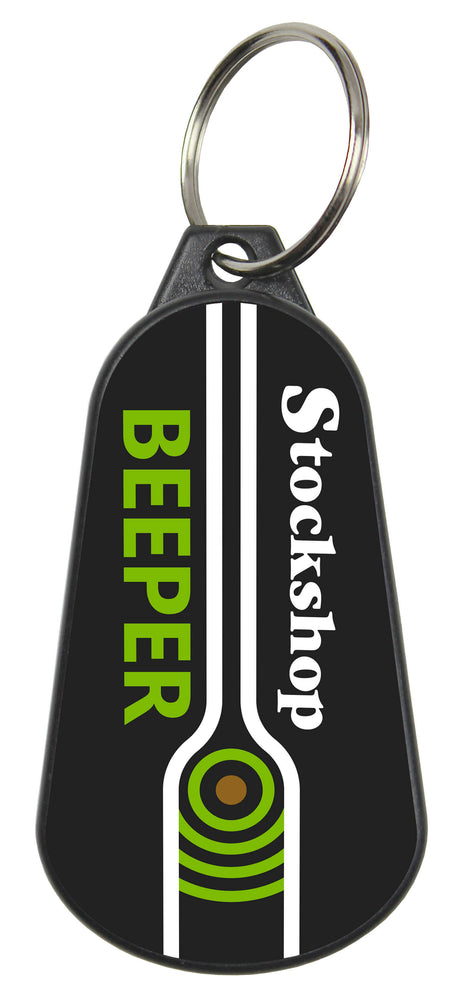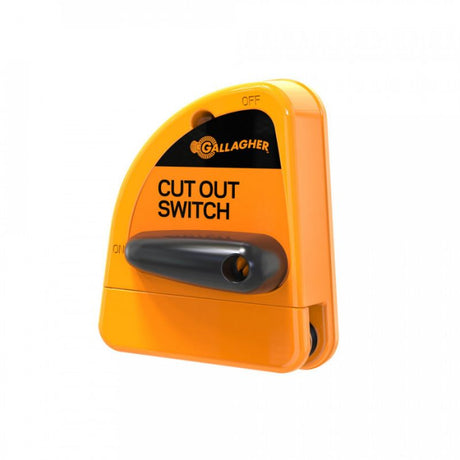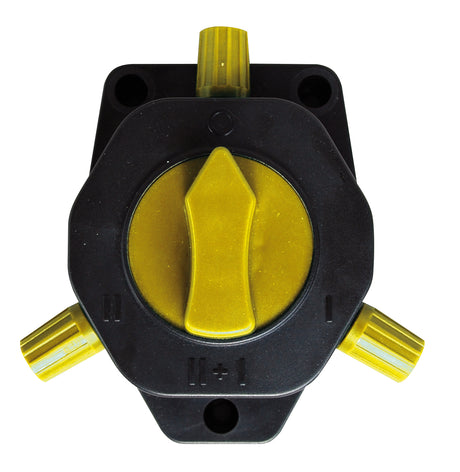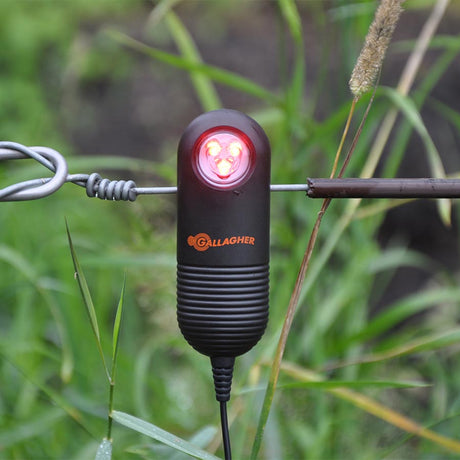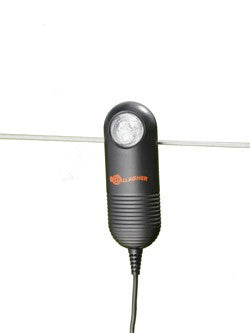One of the most common questions UK farmers, horse owners, and smallholders ask is: "Do I need to put up warning signs on my electric fence?"
The answer is simple: yes, in most public-facing situations. Warning signs aren't just good practice — they're a legal requirement when your fence borders a public right of way.
In this guide, we'll explain the exact rules on electric fence signage in the UK, where to place signs, how often they need to appear, and why using durable, branded signs from Gallagher and Hotline is the best way to stay compliant.
If you want to know more then read our complete UK guide to electric fence posts
The Legal Requirement
Electric fence warning signs are required under:
- BS EN 60335-2-76 (the UK standard for electric fencing).
- Health and Safety Executive (HSE) guidance.
These rules apply if your fence borders:
- Public footpaths
- Bridleways
- Roads or tracks
- Neighbouring properties
The purpose is to make sure anyone who might touch the fence — walkers, riders, children — knows it's electrified.
What Warning Signs Must Look Like
According to the standard, warning signs must:
- Be yellow.
- Display the black lightning bolt symbol.
- Include the word "ELECTRIC FENCE" in bold, easy-to-read letters.
- Be weatherproof and durable.
Both Gallagher and Hotline supply compliant electric fence signs that meet these rules. Cheap or homemade signs may not, leaving you open to complaints or liability.
Where to Place Warning Signs
Signs must be:
- Fixed to the fence itself, not nearby posts or walls.
- At eye level (about 1.5m from the ground).
- Clearly visible from both sides of the fence where possible.
Common placements:
- At every public gateway.
- Along footpaths or bridleways.
- Near gardens, yards, or areas where children might play.
How Often to Place Warning Signs
The general rule is every 50–100 metres along the fence line where it borders public access.
- Gallagher signs are easy to clip directly to plastic posts or tie to timber.
- Hotline signs are designed for quick attachment to tape, rope, or wire, saving time during installation.
If your fence runs 300m along a footpath, you'll need at least 3–6 signs. More is better — it reduces risk and demonstrates you've taken safety seriously.
Why Quality Signs Matter
Cheap signs bought online often fade, crack, or snap within a year. Once a sign becomes unreadable, it's effectively useless — and you could be held liable if someone touches your fence.
Gallagher and Hotline signs are:
- Made from UV-stabilised plastic.
- Weatherproof for British winters.
- Designed to last years without fading.
Compared to flimsy imports, they save money and hassle over time.
Example: Horse Paddock Near a Bridleway
A horse paddock fenced with Hotline fibreglass posts and wide tape borders a popular riding route. Signs should be:
- Placed every 50m along the bridleway side.
- Fixed at gateways.
- Visible from both inside and outside the paddock.
Using Hotline's clip-on warning signs keeps the paddock safe and compliant.
Example: Cattle Fence Along a Footpath
A cattle boundary with Gallagher TurboLine posts runs beside a public footpath for 200m. Signs should be:
- Fixed to every second or third post.
- Positioned at eye level (1.5m).
- Clipped securely so they don't flap in wind.
Gallagher's heavy-duty warning signs are ideal here, built to withstand both livestock contact and UK weather.
Common Mistakes to Avoid
- Using too few signs. One sign for a 500m stretch isn't enough.
- Fixing signs too low. They must be at eye level, not near the ground.
- Homemade signs. A laminated sheet of paper isn't compliant.
- Letting signs fade. Replace damaged or unreadable signs immediately.
Final Word: Safe, Legal, and Simple
Putting up warning signs on your electric fence isn't just about ticking a box — it's about protecting the public, your animals, and yourself from liability.
The rules are clear: yellow, durable signs every 50–100m, at eye level, and at all public access points. The easiest way to stay compliant is to use proper signage from Gallagher or Hotline.
Spend a few extra pounds on signs that last, and you'll have a fence that's safe, legal, and worry-free.


